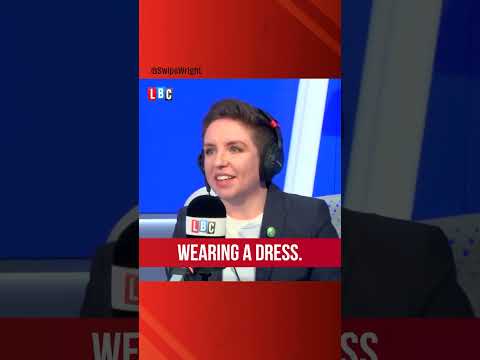In today’s world of gender discussions, it seems everyone has become an expert on things they can’t define. Evidently, living as a woman now requires a manual that not even the biggest books can encapsulate. The scene today seems to have more authors than readers in the ever-expanding genre of “What Makes a Woman.” Experts, aspiring daily, scribble rules even they can’t explain.
Picture this: everyone tiptoeing around an elusive definition, while claiming mastery over it. If someone has dressed as a woman for years, what does that even mean? Do they suddenly know all the secrets of the sisterhood? And rest assured, not every woman is prancing around in high heels, reading societal scripts. For some, a day in pajamas is a luxury, not a breach of gender etiquette!
Yet amid this confusion, the kindness brigade declares their unwavering support. They stand ready, arms wide open, eager to offer not-so-subtle sympathy. They’ve broadened their horizons beyond mere dictionary definitions, linking gender discourse with wider feminist dilemmas. They’re ready to march, forgetting that sometimes, shoes and rhetoric size might not fit all.
The discussion takes a surprising detour into the puzzling analogy of anorexia. Trusting someone who insists they’re fat despite evidence is not akin to gender self-identification. Gender identity is recognized as a deeply felt internal experience, distinct from body image disorders. Ignoring basic health safeguards in matters of self-perception does not equate to gender identification, supported by medical understanding.
In the frenzy of bending reality around emotions, truth flutters in the wind like a lost page. If residing in identity blindfolds reality’s gaze, maybe it’s time to adjust the spectacles. After all, just like stories with plot holes, beliefs unravel when pressed. In a world of endless proclamations about identity, clarity remains as rare as a matching pair of socks after laundry day.



